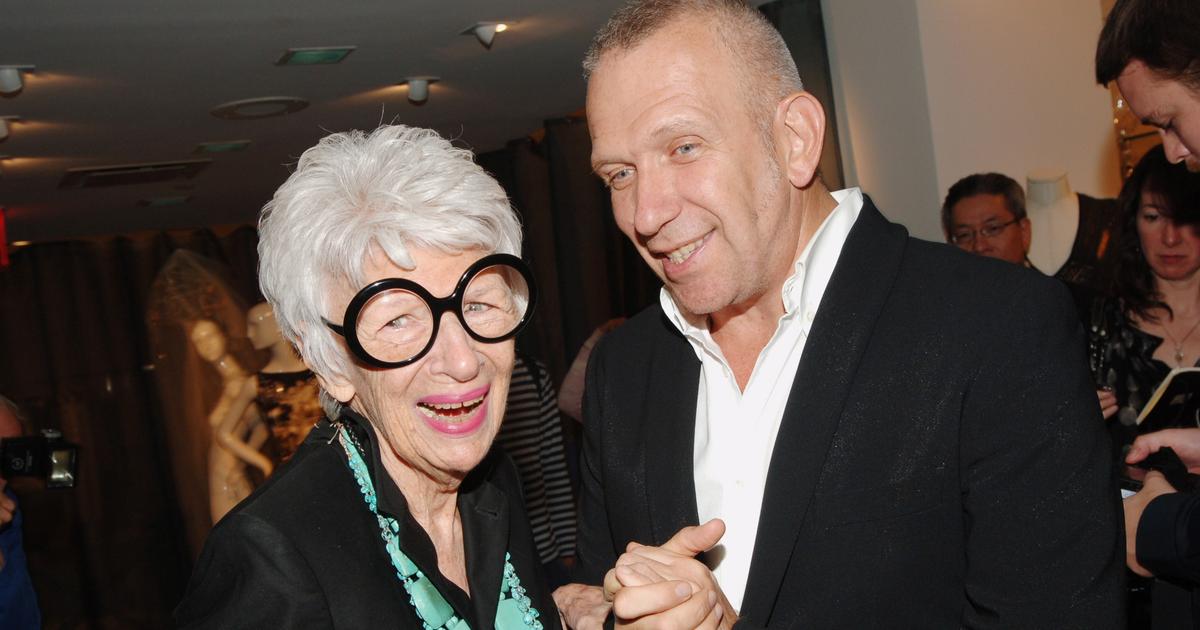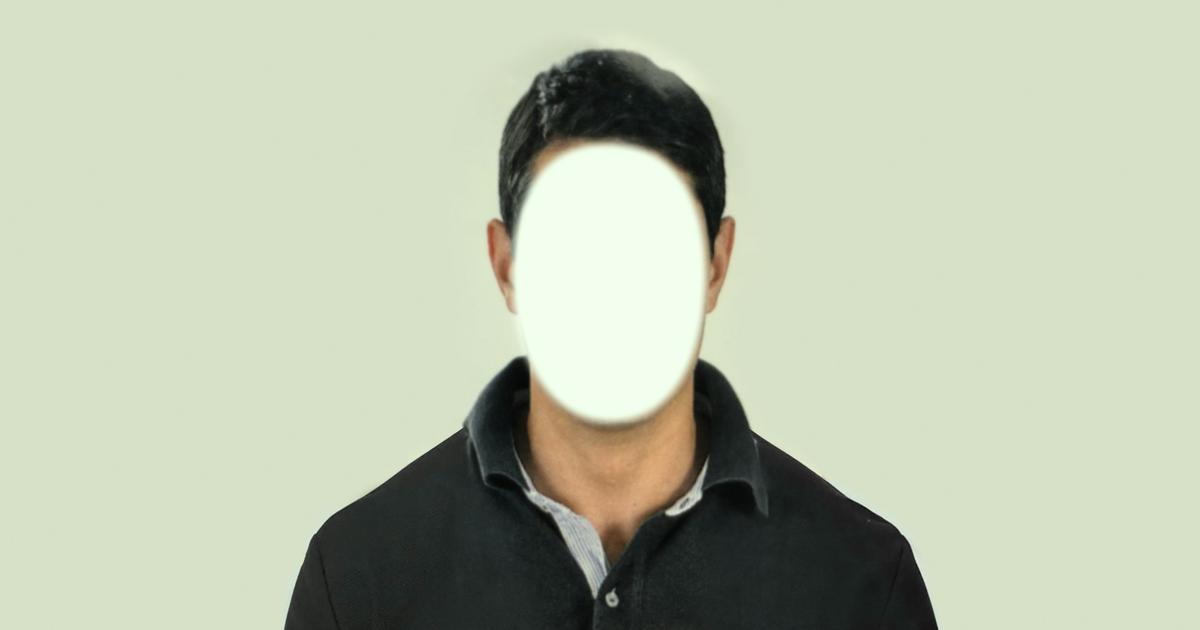We live in a world in which it is difficult to be away from a screen. Overwhelmed by an overdose of images that will eventually determine the way we look at the world and become basic elements of our thinking. Under the thunderous noise of images, photography has come to symbolize opposite extremes: the intimate and the public; it is synonymous with truthfulness, while distortion; a fascinating means of expression as well as manipulation. Thus, under the title The Lives and Loves of the Images , the latest edition of the Biennale für Aktuelle Fotografíe (Biennial of Current Photography), held in Mannheim (Germany) until April 26, inquires into our ambivalent appreciation of the images, in their power and how they affect our day to day.
Composed of six exhibitions, its curator, the critic, writer and photographer David Campany, has brought together seventy artists who focus their work on exploring different aspects of the environment. Some look back on their eagerness to revisit or redefine iconic photographs as occurs in Reconsidering Icons , where we find a reinterpretation of View from the window in Le Gras , by Joseph Nicéphore Niépce, made in 2005 by Joan Fontcuberta. The exhibition All Art is Photography is based on the acceptance of the double condition of photography within art - as a way of documenting other artistic disciplines and as an art in itself. Thus, we find El Museo (2011) by Pablo Genovés, which stands as an uncertain space where different disciplines converge, and with Antonio Pérez Río's masterpieces , a reflection of how the experience of contemplation in museums is being annihilated by the introduction of digital devices.
Walker Evans Revisited shows the innovative response that artists such as Vanessa Winship, Sherry Lavine or George Goergiou, among others, make through the collage , appropriation or reinterpretation of the American master. When Images Collide deepens the practices that investigate the combination of images through authors such as John Stezaker, Stéphane Duroy or David Jiménez, whose work highlights the ambiguity of the image through juxtaposition and association. Yesterday´s News, Today reflects on how the meaning of an image can mutate and transform over time through the work of Thomas Ruff and Clare Strand among others. And finally, Between Art and Commerce considers how the repositioning of the promiscuous nature of photography within the artistic space affects its enrichment. All this is included in the catalog, published by the Kehrer Verlag publishing house.
For Campany, the images "are more effective when it comes to asking questions than when it comes to solving them." They resemble poetry more than prose. His message is fragmented, thus, "where there is an image there are words." The curator chooses six images, one for each exhibition.
1. Bryan Schutmaat travels throughout the United States, making portraits and landscapes. He works in the classical form - poetic and realistic, sometimes melancholic, sometimes troubled - that we find in the best literature, cinema and photography in the country. Small details become allegories of the most widespread situations in the country. In 1938, Walker Evans was the first photographer to exhibit individually at MoMA. The book that accompanied the exhibition, Americans Photographs, remains today a cornerstone for young image makers. Like Evans, Schutmaat makes long journeys that are speculative and hopeful. He doesn't know what he will find or what he will photograph. The images accumulate and after a while they are edited as a repertoire of works that make up books and exhibitions.
2. Today the visual culture is often perceived as a collage of clichés. Endless images lacking originality fill our screens and hard drives. Anastasia Samoylova observes this phenomenon with intelligence and humor. Using family keys, search the web for royalty-free images. Mountains, Sunsets, Rainbows, Glaciers, Forests and, in this case, Beaches . He prints the image and then in his studio he folds it and sculpts it in 3D arrangements, which he will later re-photograph. In his method the footprint of cubism and constructivism is observed. The series is titled Landscape Sublime. Traditionally, the 'sublime' is that sense of wonder and admiration that one feels in front of a landscape of scale or overwhelming beauty. But today there are few sublime things left in most landscapes. Domesticated and repetitive. The only sublime is the large number of these images that exist today in the world.
3. Of the overwhelming amount of images we see in the media, most are quickly forgotten. Only a few become memorable, often because the media decide to reproduce them to infinity. These iconic photographs become vague substitutes for moments in history that in no way could articulate. Regardless of what the media says, not a single image can account for the complexity of an event or situation. Robert Capa's photograph, taken in 1936, which aims to show the death of a militiaman has become one of the most famous images of the twentieth century. But it is also one of the most controversial. The fiery debates still persist as to how it was carried out exactly, if it was lodged, or if it really portrays death in the first line of combat. In their ongoing series, Icons , the Swiss couple Cortis & Sonderegger revisits several famous photographs, reconstructing them as fictitious still lifes in their studio. Instead of displaying the reconstructed images, they show the reconstruction process, with all the tools and jumble that accompanies the scene. His images are funny but serious, and demand the viewer to consider exactly what a photograph is and how it comes to mean what it means.
4. While newspapers around the world fight for their economy, many sell images of their old archives. There are hundreds of press images that can be purchased on the Internet for very little money. Sebastian Riemer is particularly interested in images of this type that have been retouched. Before Photoshop, retouching was manual with brushes and airbrushes. In this image of a dancer we can see that the newspaper only intended to use a small part of the image. The white lines are the cut marks, and his arm has been removed. The retouched image does not need to look perfect, it is enough that it is good within the crude medium tone of the old press paper. Painted photos contain an unexpected beauty in themselves. Riemer carefully refotographs the images he chooses, enlarging them, often close to 150 cm, so that the viewer can see all the details of the strange interrelation between photography and painting.
5. They work together since about 2001. The Dutch duo composed of Maurice Scheltens and Liesbeth Abbenes takes pictures within a range of varied contexts and clients. They feel comfortable working on a work specifically designed for a real house that produces images in charge of furniture or fabrics. The printed image is no less meaningful to them than artistic copies. The important thing is the challenge in itself to solve and get attractive images. The key is in your deep understanding and love for still life . It is a genre with a long history and extremely flexible in its applications. We find still lifes in different manifestations of culture, which also belong to the same fields where we run into photography. It is also the genre in which image creators can exercise more control. Scheltens & Abbenes produce highly controlled images - sometimes realistic, sometimes abstract, and often in the middle. This control is registered by the viewer as an intense and fascinating act of observation. Although almost all of their work arises on request, and therefore under the demands of the person in charge, the authors have developed a distinctive way of working. They maintain a strong tradition of functional character that has always been present in Dutch photography since the 1920s, thus, his work has deserved international attention for this innovation.
6. Although known primarily for his photographs, British artist Nick Waplington sketches, draws and paints profusely. While working in his studio in New York, he noticed the movement of a patch of sun that every day crossed the lattice window to move through the wall. Using a large format camera, he photographed the light while it was aligned with his canvases. As a result, what is painted merges happily with what is pure light. It reflects precisely the way in which, obviously, a painting should never be documented to be reproduced. The title The Cave , comes from Plato's famous allegory about vision and reality. Where the prisoners who have remained all their lives in a cave, chained, and unable to look back, observe the shadows of those who remain outside, thrown on the wall by the firelight. As Plato puts it: "On the walls of the cave only the shadows are true."
Biennale für aktuelle Photograph. Lives and Loves of the Images. From February 29 to April 26. Mannheim, Ludwigshafen, Heidelberg.
Biennale für aktuelle Photograph. Lives and Loves of the Images. Kehrer Verlag 216 pages 25 euros.















